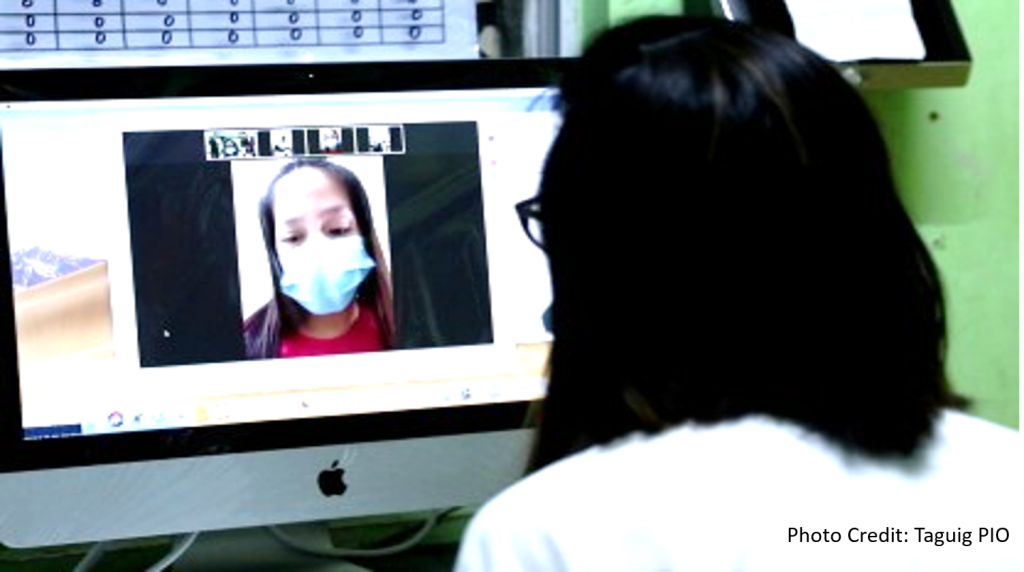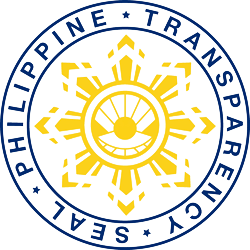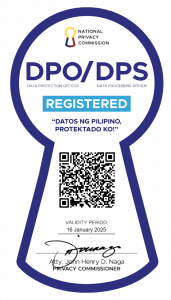
Healthcare professionals at the frontline of the COVID-19 epidemic response are at the highest risk of getting infected. While there is a high demand on healthcare services from those who need consultation and treatment from the disease, minimizing face-to-face interactions with patients may be warranted at this time to mitigate this risk of contracting the disease. In response to this national health emergency, telemedicine is seen as a viable alternative in providing health services without the need to visit the hospital and other healthcare facilities.
Telemedicine is the remote diagnosis and treatment of patients by means of wireless tools, email, two-way video, smartphones, and other methods of telecommunications technology.
Adopting the latest telemedicine initiatives can bring numerous benefits. It is more convenient and accessible for patients. Virtual care offers patients simple, on-demand care without the usual wasted time and transportation expenses of in-person visits. Patients who live in remote locations, or who are homebound or just can’t take off time from work, can simply access healthcare virtually. Remote analysis and monitoring services and electronic data storage may also reduce healthcare service costs that can help boost revenue by turning on-call hours into billable time, attracting new patients, reducing no-shows, and even reducing overhead for physicians who decide to switch to a flexible work-from-home model.
While telemedicine brings benefits, it also poses technical and practical problems for healthcare providers. Restructuring appropriate IT staff responsibilities and purchasing equipment take time and costs money. Training is also crucial in building an effective telemedicine program. Physicians and other medical staff need to be trained on the new systems to ensure effective and efficient delivery of service. Another problem is the reduction in care continuity. In cases where patients are using on-demand telemedicine services that connect them with a random healthcare provider, care continuity suffers. A patient’s primary care provider may not have access to records from those other visits and end up with an incomplete history for the patient. Reduced care continuity can decrease care quality. Moreover, internet speed can also be a challenge as poor internet connections could lead to possible patient mismanagement. While there are challenges, telemedicine provides options to bridge the gap in getting a critical service or not in extraordinary circumstances like in the case of an outbreak or a pandemic.
Singapore through its Ministry of Health (MOH) has been practicing this innovative way of providing health services for the past five years. In January 2015, its government issued a “National Telemedicine Guidelines” outlining a holistic approach in executing the delivery of telemedicine services ensuring both patient and provider safety. Under the guidelines, critical equipment, such as telemedicine equipment, is to be calibrated by accredited laboratories, by Singapore Accreditation Council (SAC) or SAC Mutual Recognition Arrangement partners. Leveraging on accredited laboratories ensure that measurements are traceable to the International System of Units (SI), minimizing any significant effect on the test results.
In the Philippines, various organizations and private individuals have stepped up to provide such service in keeping with the needs of the time. The Department of Health launched its 24/7 telemedicine hotlines 02-894-COVID (26843) and 1555 for those who need to consult with a doctor for COVID-19 medical advice and non-COVID-19 health-related concerns.
A group of medical professionals called the Lung Center COVID Ask Force provides FREE online consultations and information dissemination on COVID-19 using social media.
The League of Data Privacy and Cybersecurity Advocates of the Philippines (LeaDCAP) in collaboration with the Philippine Medical Association (PMA) is also preparing a free humanitarian health care service through this platform.
Likewise, Philippine Long Distance Telephone (PLDT) Inc. in partnership with the University of the Philippines Manila – Philippine General Hospital (UP-PGH) will soon launch a dedicated telemedicine hotline for its COVID-19 Bayanihan Operations Center.
Telemedicine will surely help manage the surge of patients in healthcare facilities. Clear guidelines and standards, however, need to be set in place to ensure high quality, safety, reliability and efficient, and effective delivery of healthcare services. The international standard, ISO/TS 13131:2014 provides advice and recommendations on how to develop quality objectives and guidelines for telehealth services that use information and communications technologies (ICTs) to deliver healthcare over both long and short distances by using a risk management process.
Even if the need for telemedicine is critical today, medical practitioners and organizations engaging in this platform need to consider how to effectively dispense a service that is a departure from the usual personal and confidential relationship between a patient and a doctor. There should be an independent evaluation of organizations offering telemedicine services to gauge its effectiveness and responsiveness in delivering the core service of healthcare. Through accreditation, the execution of telemedicine service can be checked based on set guidelines, and more importantly, if users of the service receive a consistent high level of care.
Accreditation is an independent and impartial evaluation of an organization’s competence in performing specific activities or services to ensure patient safety, transparency of operations and adherence to relevant laws and regulations. Recognition through accreditation is an organizational benchmark to assure patients and their families; payers and consumers that the organization’s online patient consultative services meet the relevant standards.
The Philippine Accreditation Bureau (PAB) of the Department of Trade and Industry (DTI) is mandated to accredit certification body, inspection body, testing and calibration laboratories and other bodies offering conformity assessment services against international standards. The PAB is recognized internationally through its membership to the International Accreditation Forum (IAF), International Laboratory Accreditation Cooperation (ILAC), Asia Pacific Accreditation Cooperation (APAC), and Association of South East Asian Nations (ASEAN) Consultative Committee on Standards and Quality (ACCSQ) Working Group on Accreditation and Conformity Assessment (WG2) and International Halal Accreditation Forum (IHAF). PAB is also a signatory to the Multilateral Recognition Arrangement (MLA) for Quality Management System (QMS) and Environmental Management System (EMS) of APAC and IAF, Mutual Recognition Arrangement (MRA) for testing, calibration, medical and inspection of APAC and ILAC.
DTI-PAB is closely working with the Department of Health (DOH) on the recognition of Bureau’s accredited certification body, inspection body, medical testing laboratories and other conformity assessment bodies. On the other hand, Food and Drug Administration (FDA) recognizes testing, calibration, assay, examination, measurement and analytical service results/reports of health products from private testing laboratories if these testing laboratories are accredited by DTI-PAB. DOH – Center for Device Regulation Radiation Health, and Research (CDRRHR) also requires imaging equipment be inspected by DTI-PAB accredited inspection bodies.
For more information about the accreditation services, please contact the Philippine Accreditation Bureau at pab@dti.gov.ph or visit www.dti.gov.ph/pab.
Sources: Public Sector Assurance, Manila Bulletin, The Manila Times, Inquirer.Net, SunStar Manila, eVisit, ISO.org
Release Date: 13 April 2020



